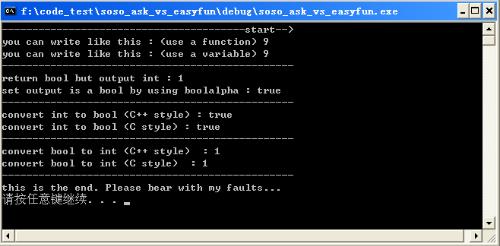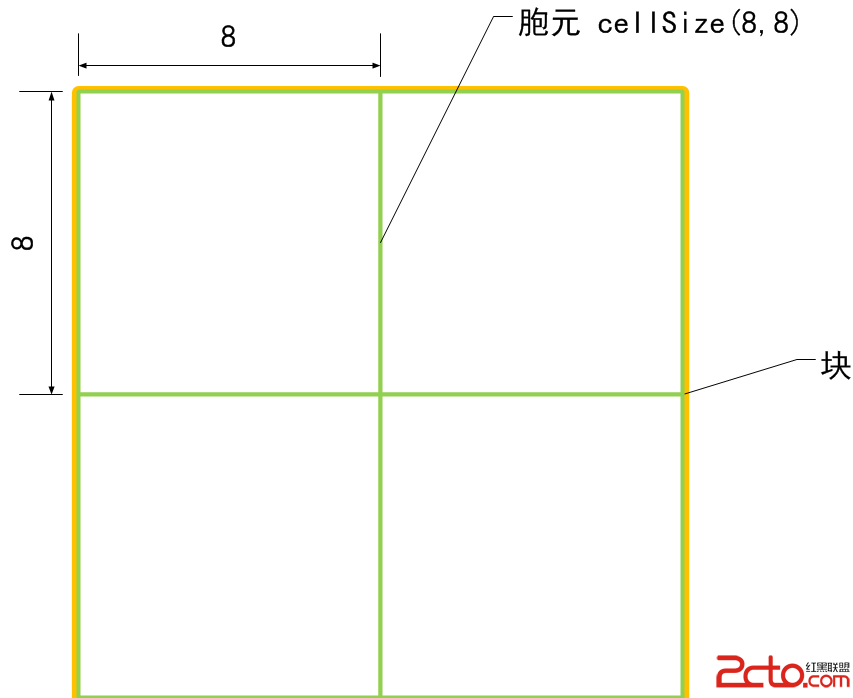HDU 1142 A Walk Through the Forest
题目:
A Walk Through the Forest
Time Limit: 2000/1000 MS (Java/Others) Memory Limit: 65536/32768 K (Java/Others)
Total Submission(s): 3689 Accepted Submission(s): 1340
Problem Description
Jimmy experiences a lot of stress at work these days, especially since his accident made working difficult. To relax after a hard day, he likes to walk home. To make things even nicer, his office is on one side of a forest, and his house is on the other. A nice walk through the forest, seeing the birds and chipmunks is quite enjoyable.
The forest is beautiful, and Jimmy wants to take a different route everyday. He also wants to get home before dark, so he always takes a path to make progress towards his house. He considers taking a path from A to B to be progress if there exists a route from B to his home that is shorter than any possible route from A. Calculate how many different routes through the forest Jimmy might take.
Input
Input contains several test cases followed by a line containing 0. Jimmy has numbered each intersection or joining of paths starting with 1. His office is numbered 1, and his house is numbered 2. The first line of each test case gives the number of intersections N, 1 < N ≤ 1000, and the number of paths M. The following M lines each contain a pair of intersections a b and an integer distance 1 ≤ d ≤ 1000000 indicating a path of length d between intersection a and a different intersection b. Jimmy may walk a path any direction he chooses. There is at most one path between any pair of intersections.
Output
For each test case, output a single integer indicating the number of different routes through the forest. You may assume that this number does not exceed 2147483647
Sample Input
5 6
1 3 2
1 4 2
3 4 3
1 5 12
4 2 34
5 2 24
7 8
1 3 1
1 4 1
3 7 1
7 4 1
7 5 1
6 7 1
5 2 1
6 2 1
0
Sample Output
2
4
分析与总结:
做这题真可谓是一波三折, 足足WA了有30+次。
1. 题目意思理解错误。题目中的一段话没理解好:
He considers taking a path from A to B to be progress if there exists a route from B to his home that is shorter than any possible route from A.
这句话的意思是说,对于两点A,B, 如果点B到达家里的最短路距离小于点A到达家里的最短路距离,那么点A就可以到达点B。
而我把这题理解成了求有办公室到家里有多少条不同的最短路。
2. 解决了上述错误之后,接下来可以求出每一点到达点2(家里)的最短路,然后根据所求的各点最短路,求出有多少条到家里的路径。
如果直接搜索是会超时的,所以要用记忆化搜索。
3. 因为自己的粗心, 由于我的程序中有两个数组名为d和dp, 在写记忆话搜索时把这两个数组混淆了,结果又WA了十多次而找不到原因。
代码:
[cpp]
#include<iostream>
#include<cstdio>
#include<cstring>
#include<queue>
#include<utility>
#include<string>
#include<map>
using namespace std;
typedef int Type;
typedef pair<Type,int>pii;
const Type INF = 0x7fffffff;
const int VN = 1005;
const int EN = VN*VN;
int n,m,size;
int head[VN];
Type d[VN];
bool G[VN][VN];
bool vis[VN];
int cnt;
int dp[VN];
struct Edge{
int v,next;
Type w;
}E[EN];
void init(){
size=0;
cnt=0;
memset(G, 0, sizeof(G));
memset(head, -1, sizeof(head));
memset(dp, -1, sizeof(dp));
}
void addEdge(int u,int v,Type w){
E[size].v=v;
E[size].w=w;
E[size].next=head[u];
head[u]=size++;
}
void Dijkstra(int src){
for(int i=1; i<=n; ++i) d[i]=INF;
d[src] = 0;
priority_queue<pii,vector<pii>,greater<pii> >q;
q.push(make_pair(d[src],src));
while(!q.empty()){
pii x = q.top(); q.pop();
int u = x.second;
if(d[u] != x.first)continue;
for(int e=head[u]; e!=-1; e=E[e].next){
Type tmp=d[u]+E[e].w;
if(d[E[e].v] > tmp){
d[E[e].v] = tmp;
q.push(make_pair(tmp, E[e].v));
}
}
}
}
int dfs(int u){
if(dp[u]!=-1) return dp[u];
if(u==2) return 1;
int cnt=0;
for(int v=1; v<=n; ++v)if(d[v]<d[u] && G[u][v]){
cnt += dfs(v);
}
dp[u] = cnt;
return dp[u];
}
int main(){
int u,v;
Type w;
while(~scanf("%d",&n)&n){
scanf("%d",&m);
init();
for(int i=0; i<m; ++i){
scanf("%d%d%d",&u,&v,&w);
G[u][v] = G[v][u] = 1;
addEdge(u,v,w);
addEdge(v,u,w);
}
Dijkstra(2);
printf("%d\n", dfs(1));
}
return 0;
}
补充:软件开发 , C++ ,




